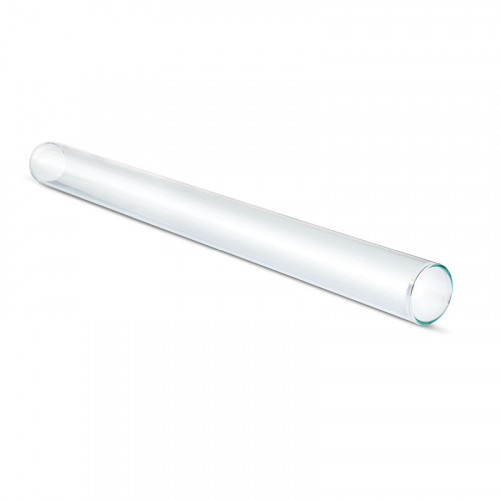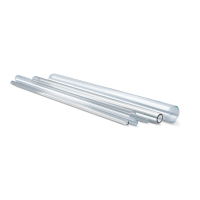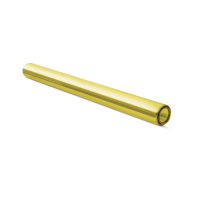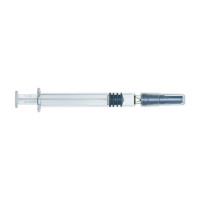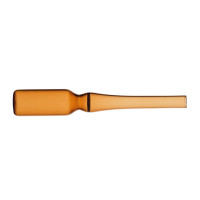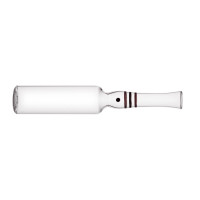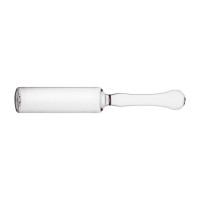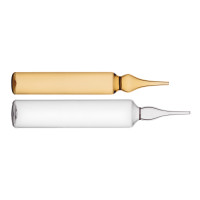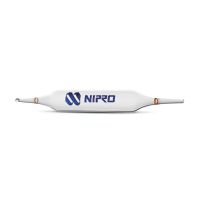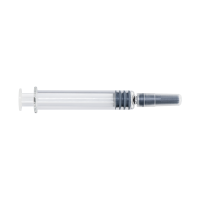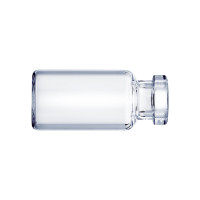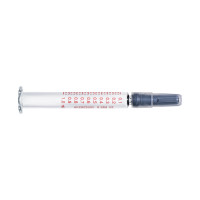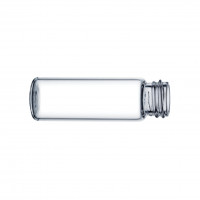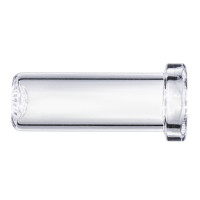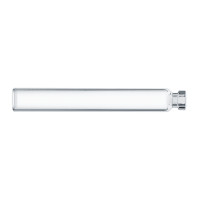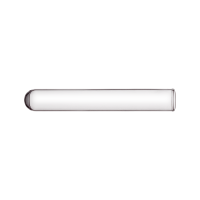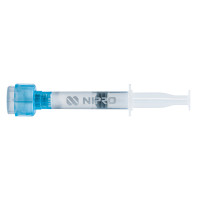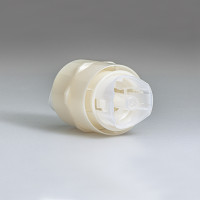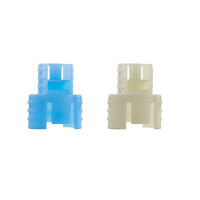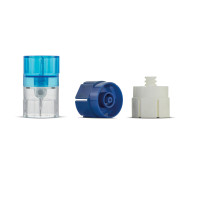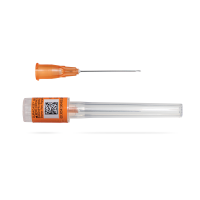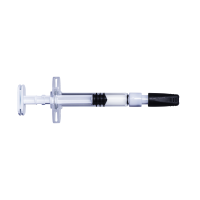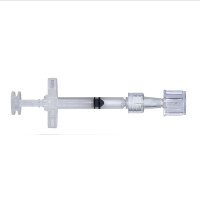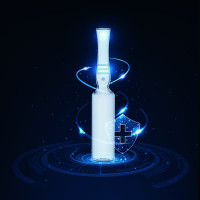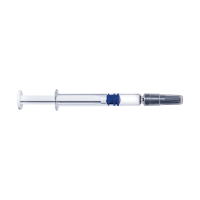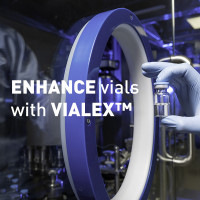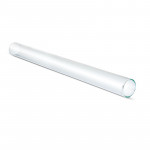
For prevailing quality requirements
eNable NSV51 glass tubing is the right choice for primary pharmaceutical containers that require a good quality-price balance.
eNable NSV51 glass tubing is controlled for critical cosmetic parameters. The inspection of key dimensional quality attributes supports a smooth loading and forming process, as well as strong mechanical durability. Camera inspections are 100% in-line and supported by statistical process control.
AQLs for cosmetic and dimensional parameters fulfill prevailing quality standards. All drawing sites are ISO 15378 (including 9001) certified. eNable NSV51 glass tubing is compliant with leading Pharmacopoeias (EP, USP, JP), fulfills ASTM 438-92, and meets the requirements for hydrolytic resistance and arsenic extraction.
-
Fast and reliable converting line performance
-
Compliant with regulatory and quality standards
| Glass type | Expansion | Hydrolytic resistance | Color |
|---|---|---|---|
| Borosilicate | 51 | Type I | Clear |
| Outer diameter | Wall thickness | Length |
|---|---|---|
| 6.0-19.9 mm | 0.45-1.10 mm | 1,400-1,675 mm |
| 20.0-27.9 mm | 0.55-1.70 mm | 1,400-1,675 mm |
| 28.0-30.0 mm | 0.90-1.70 mm | 1,400-1,675 mm |
| Symbol | Value* | |
|---|---|---|
| SiO2 | 74.5% | |
| B2O3 | 11% | |
| Al2O3 | 6% | |
| Na2O | 7.0% | |
| K2O | 0.8% | |
| CaO | 0.4% |
| Property | Value* |
|---|---|
| Working Point | 1,090 °C |
| Softening Point | 788 °C |
| Anneal Point | 568 °C |
| Coefficient of Thermal Expansion | 51 cm/cm x 10-7/°C |
| Density | 2.31 g/cm³ |
| Standard | Classification |
|---|---|
| USP Powdered Durability – Chapter <660> Current Edition, Vol. 1 | Type I |
| USP Powdered Durability – Chapter <660> Current Edition, Vol. 1 EP Hydrolytic Resistance – Chapter 3.2.1, Current Edition, Vol. 1 | Type I |
| JP Containers for Injection – Current Edition | Passes |
| ISO 695 Alkali Resistance | Class A2 |
| DIN 12116 Acid Resistance | Class S1 |
| Standard | Status |
|---|---|
| Arsenic extraction requirement according to USP and EP | Compliant |
| Heavy metal requirements set forth in EU Packaging, Packaging Waste Directive 94/62/EC, and CONEG Toxics in Packaging regulations | Compliant |
Frequently Asked Questions (FAQs)
The "thermal expansion coefficient" typically ranges between 5.0 × 10^-6 /°C and 10.0 × 10^-6 /°C, depending on the specific type of glass. This coefficient indicates the extent to which a unit length of glass will expand or contract with a one-degree change in temperature, expressed in terms of per degree Celsius (°C).
In the context of glass used for pharmaceutical packaging, hydrolytic resistance is a crucial property. It indicates the glass's ability to maintain its integrity and prevent leaching of ions or other substances into the contained pharmaceutical product when in contact with water or aqueous solutions. Glass with high hydrolytic resistance is less prone to chemical interactions and is therefore preferred for packaging sensitive pharmaceutical formulations.
Amber-colored glass tubing is often used to manufacture vials, ampoules, and bottles for packaging light-sensitive medications. The amber color of the glass provides protection against ultraviolet (UV) light, which is known to degrade light-sensitive pharmaceuticals, thus ensuring the stability and potency of the enclosed medications.
For information regarding Nipro products, services, and resource material:
| Give us a call +32 15 263 500 |
E-mail us pharmapackaging@nipro-group.com |
| Submit a detailed inquiry: Contact per expertise |
View our manufacturing locations: Our global network |

